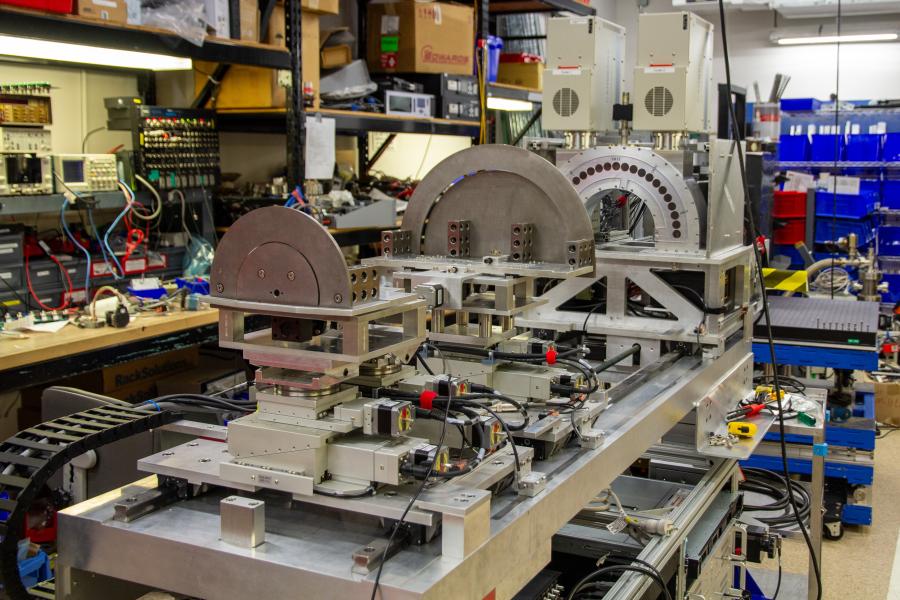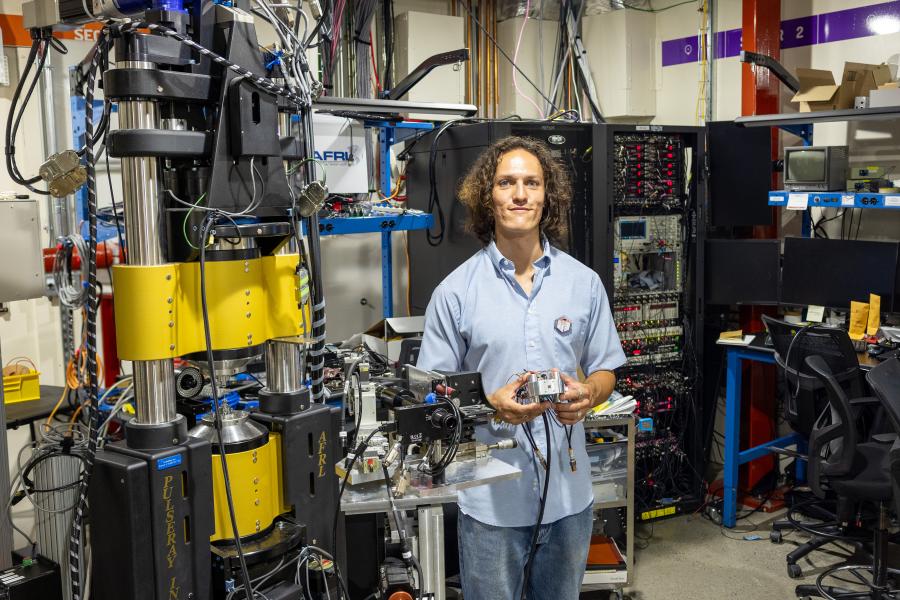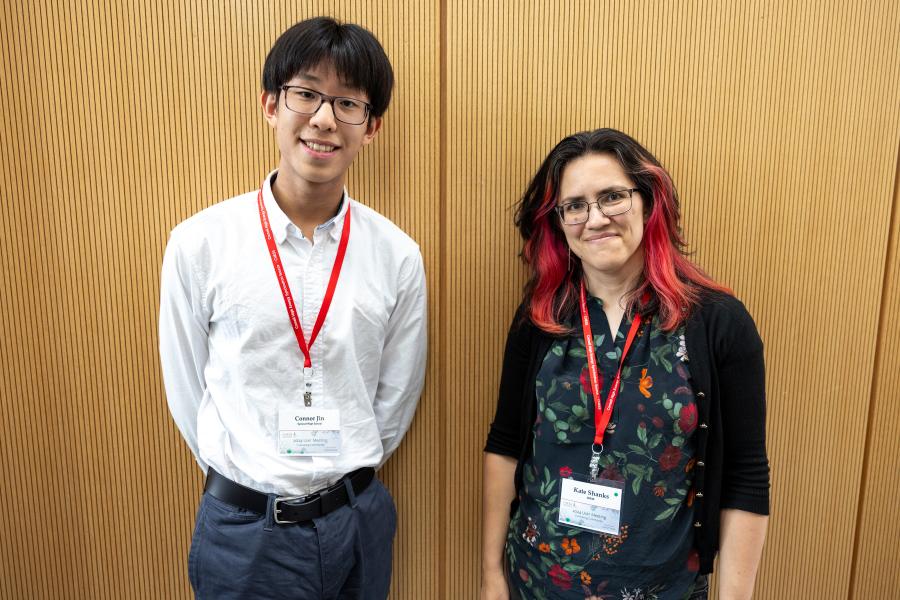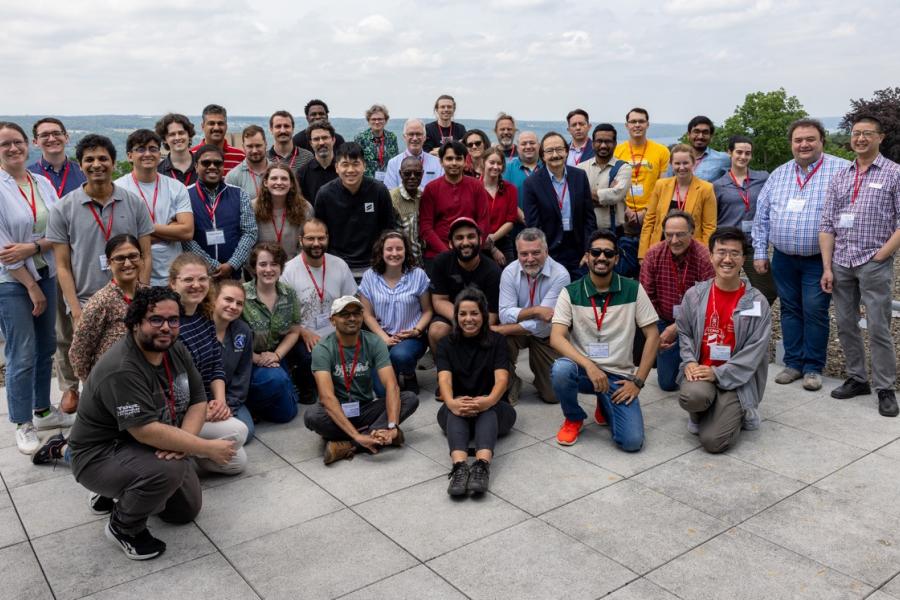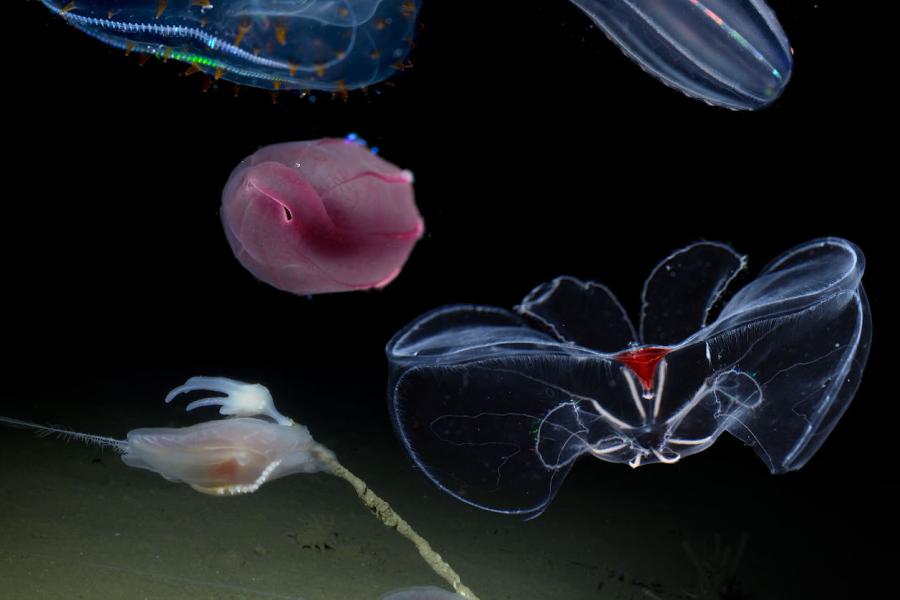Sidebar Menu (View Pages)
- Status
- ⌃ Science
- ⌃ Users
- ⌃ Facilities
- ⌃ Public
- Industry
- ⌃ About
Tags
Featured
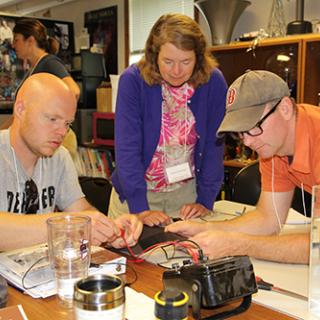
Teachers hone problem solving skills at the eXploration Station
In July, twenty public school teachers visited the eXploration Station as a part of the Summer Science Snapshot for Educators program.
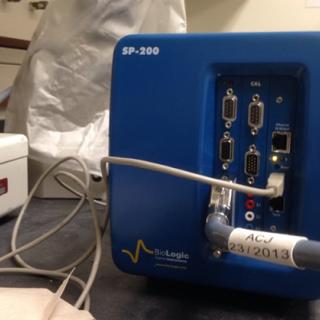
New capability for energy materials
CHESS has recently procured a Bio-Logic SP-200 potentiostat, an instrument that controls a three-electrode cell in electrochemical experiments, thanks to funding from the Energy Materials Center at Cornell. Key features of the SP-200 model (Figure 1) are found here.
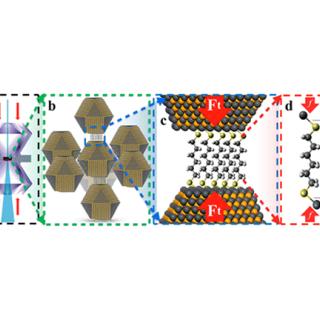
World's smallest diamond anvil cell
The research work published in the August issue of Nano Letters report the development of the world’s smallest anvil pressure cell, which offers a new experimental platform for investigating the elastic behavior of molecular bundles embedded at nanocrystal interfaces of nanocomposites.
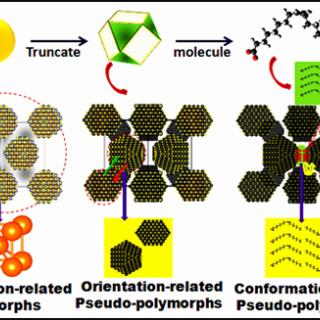
Supercrystals of nanocrystals bound by organic ligands
Modern crystallography can be tracked back to Max Laue who conceived the first diffraction of x-ray by a crystal lattice in 1913. Upon public release of the Laue pattern collected from several crystals, Albert Einstein immediately labeled this work as one of the most beautiful experiments in physics.
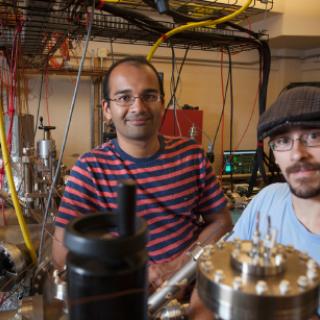
Group invents materials to improve particle accelerators
Physics graduate student Siddharth Karkare is the first author on a recent Physical Review Letters publication reporting new interdisciplinary research on "Ultrabright and Ultrafast III-V Semiconductor Photocathodes" that could dramatically improve accelerator performance (1).
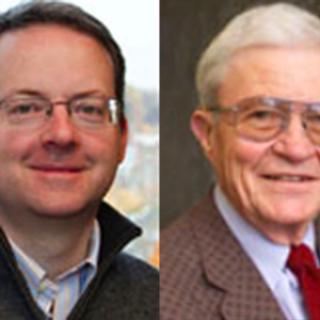
Coates, McLafferty win national chemistry awards
Cornell faculty members Geoffrey Coates and Fred McLafferty have received national American Chemical Society (ACS) awards. Both receiving $5,000 prizes, they will be honored at a March 24 ceremony during the ACS meeting in Denver.
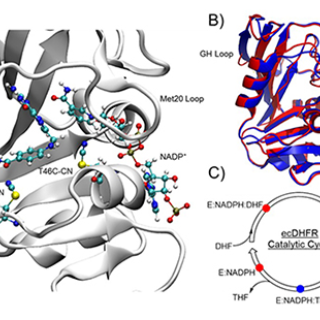
Electrostatic interactions help an enzyme do its job
A catalytic enzyme facilitates a reaction by bringing one or more molecules into its active site and there providing an environment conducive to the reaction.
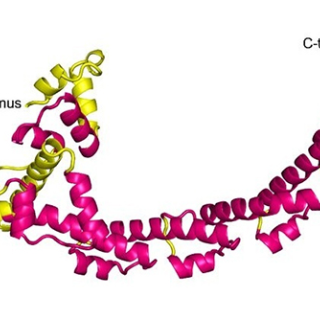
Bacterial proteins co-opt host cell skeletal elements to spread infection
Rickettsia bacteria are transmitted by the bites of infected ticks and other arthropods, and cause diseases such as typhus and spotted fever.

